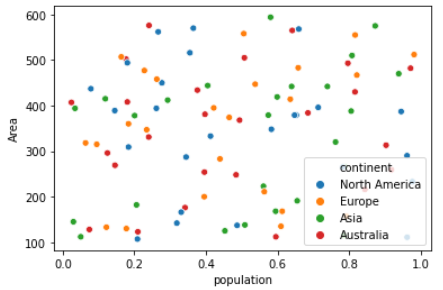

Dictionaries are designated with curly brackets , Values among the keys can be identical, however. A dictionary consists of key-value pairs, where the keys are all unique and refer to a specific value. Hence, it can be computationally slow.Īlso known as associative arrays, maps, symbol tables or hash tables, this data structure is computationally fast, but uses lots of memory. You potentially would have to read through all the items in the list in order to see if it is in there. Say if you have a long list of values, but you wanted to see if a certain value is in the list. Great things about lists are that they are very simple to understand, and they take up relatively little amounts of memory. So how do you retrieve an element of a list? Each element is assigned a number, starting at 0, that represents where it sits in the list. The example d above has two lists as elements. You can figure out how many elements are in these lists by asking for its length: The items in these lists are called elements or items. In python a list is designated with square brackets. Hence a forecast made one day out was made on April 21, two days out April 20th, etc. The stations themselves are defined by their latitude and longitude and the file contains forecasts that were done 0 to 7 days out, where day zero is the forecast made on April 22, 2014. The file target_day_20140422.dat that is in the Github repo for this workshop was extracted from our database and contains weather forecasts for each station in the United States for the 'target day' of April 22, 2014. Hence, we created a database that collects the weather forecasts for these stations. David Branner and I were curious about how accurate the forecasts were, and wanted to keep the forecasts to see how well they perform over time.

#MAP ARRAY OF COLOR TO SCATTER PLOT MATPLOTLIB DOWNLOAD#
This information was collected from the OpenWeatherMap project who provides an API service to download weather forecasts, but unfortunately, does not keep a historical record of the forecasts (actual observations, yes, but modeled forecasts no). The data we will use are modeled weather forecasts at weather stations across the United States. I thought it would be fun to work with real data instead of some randomly generated data.


 0 kommentar(er)
0 kommentar(er)
